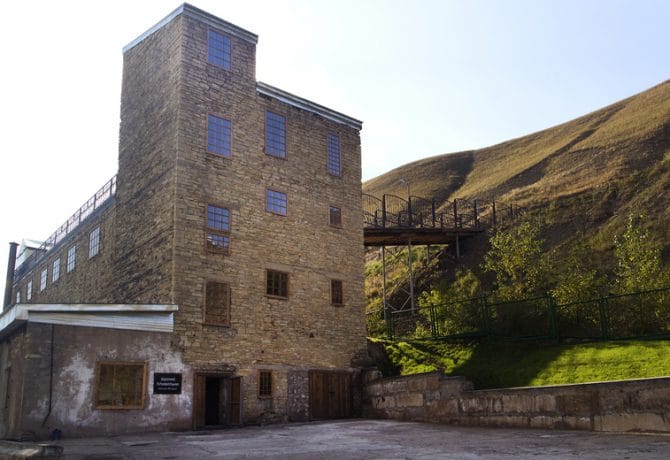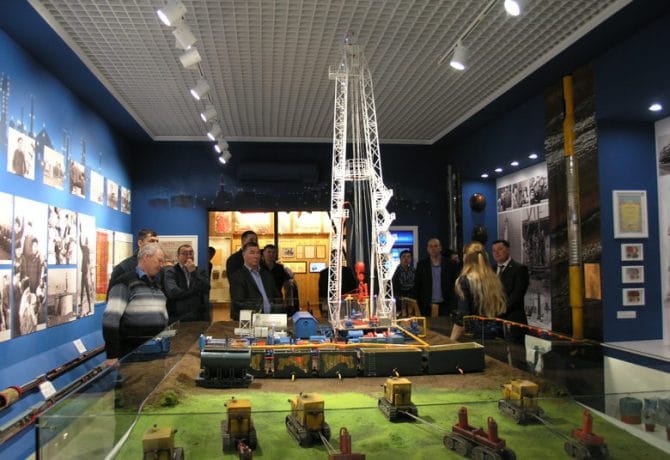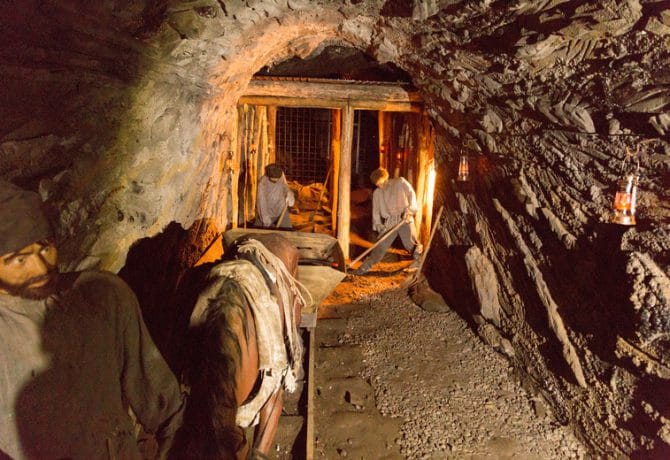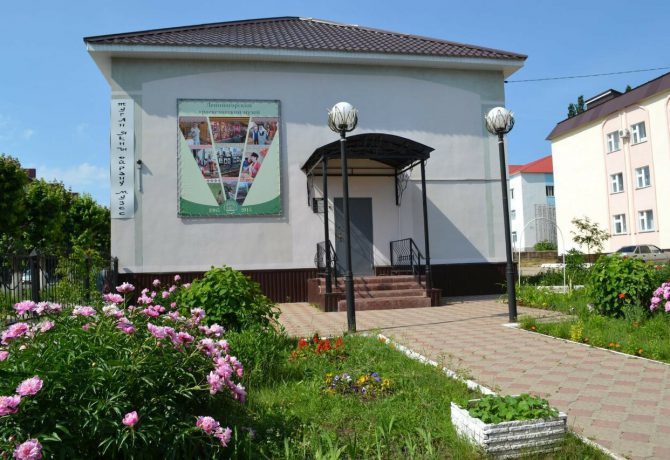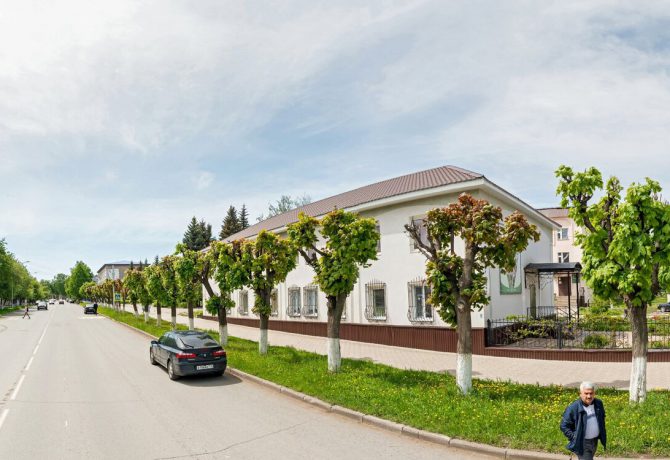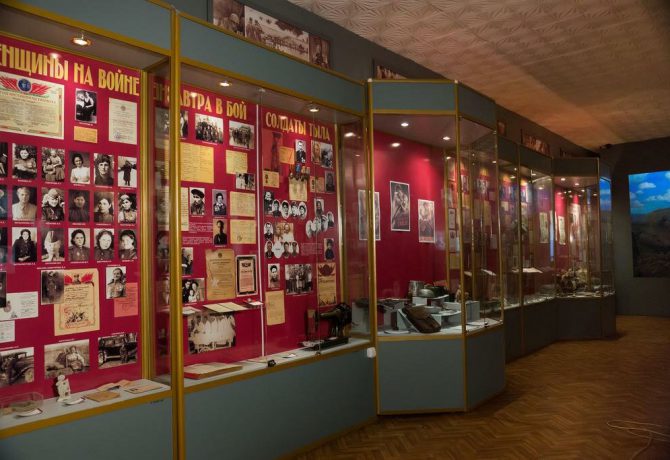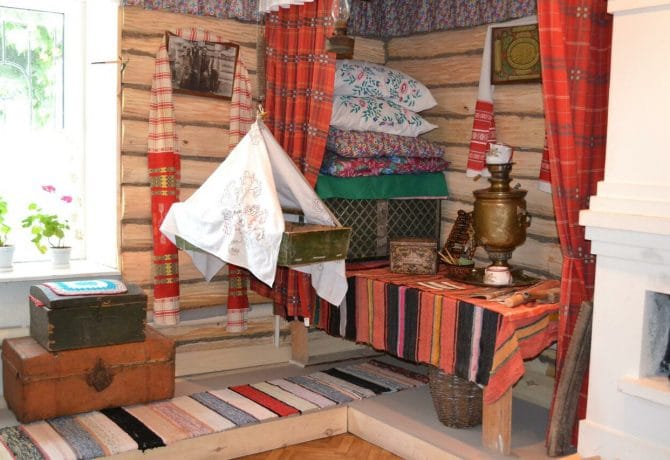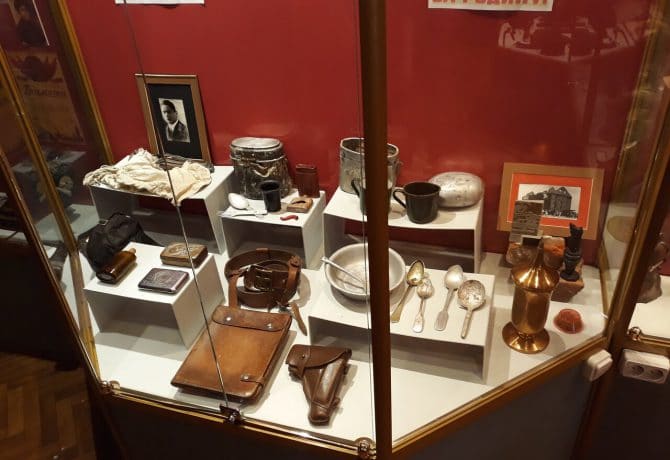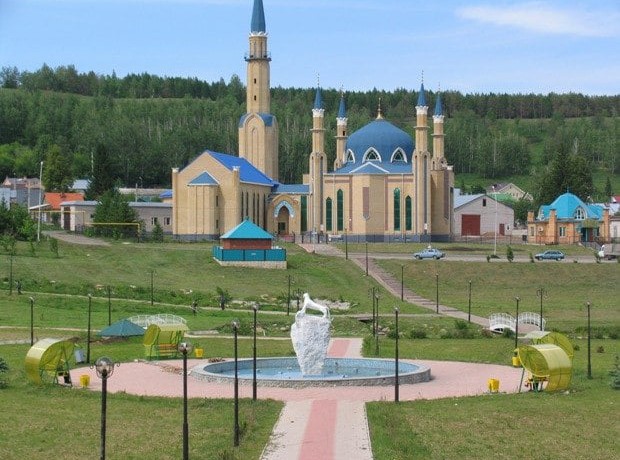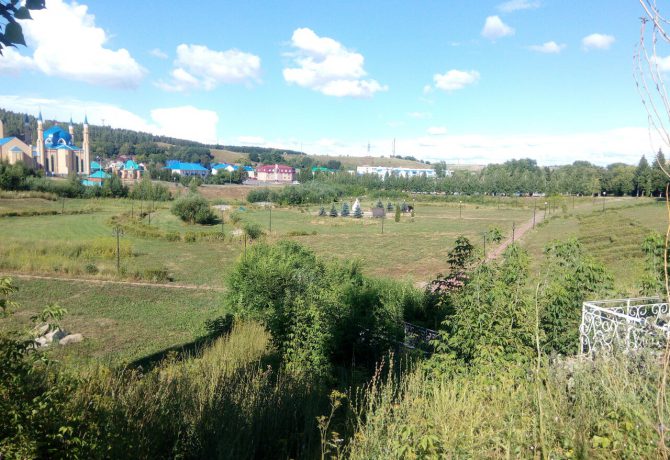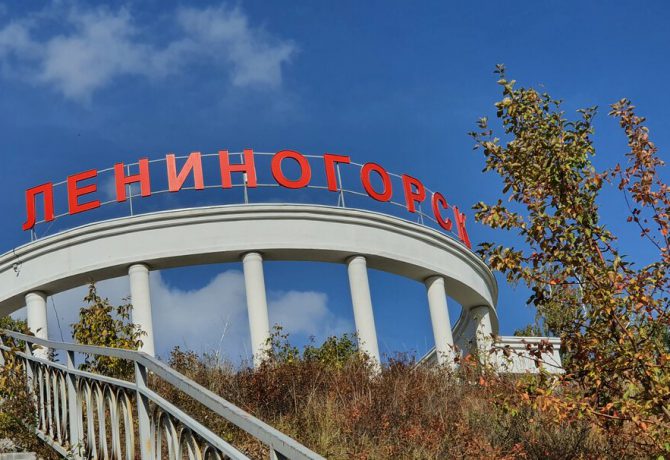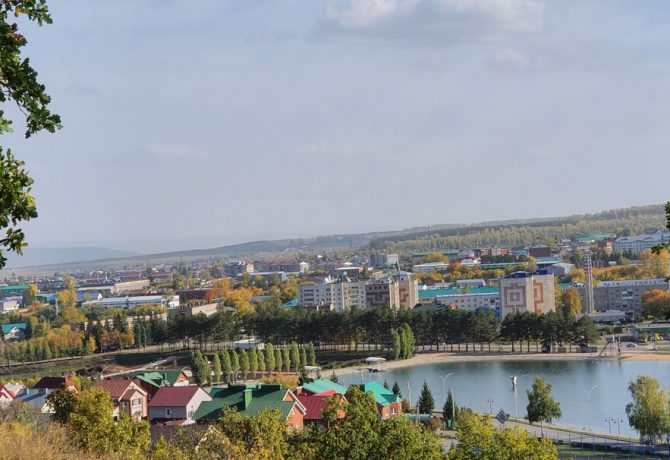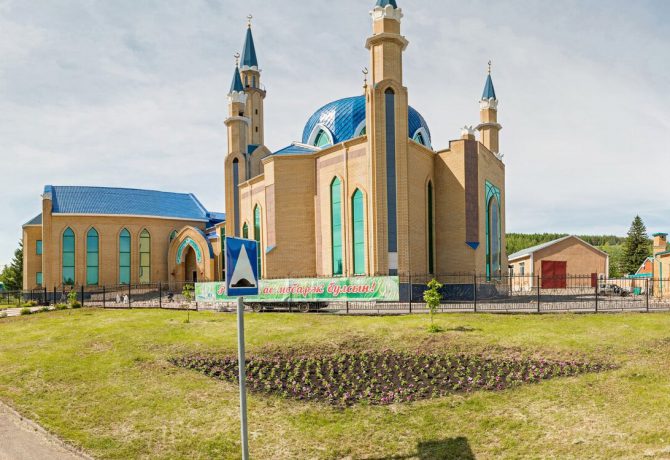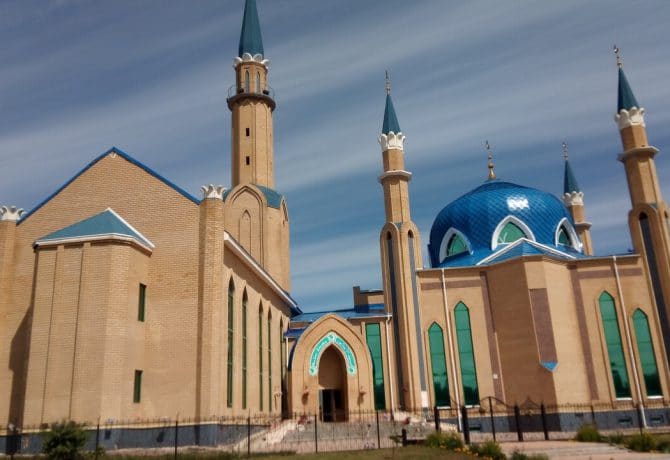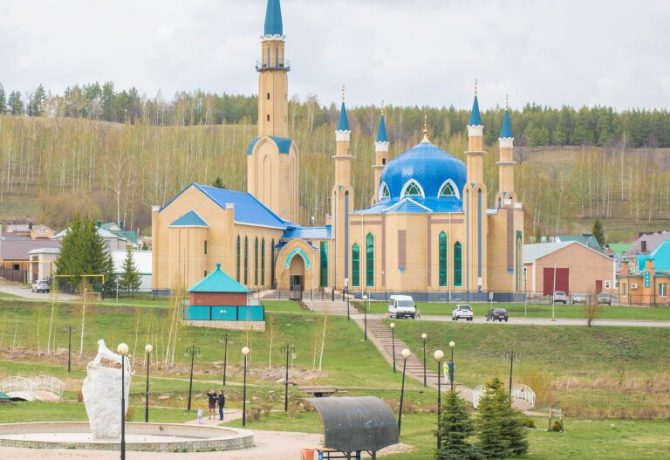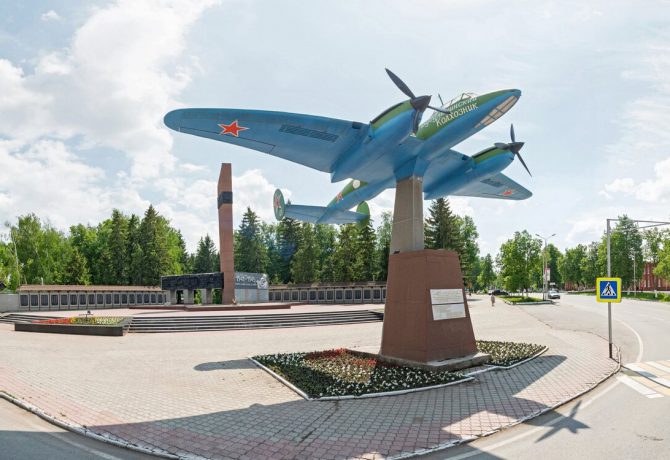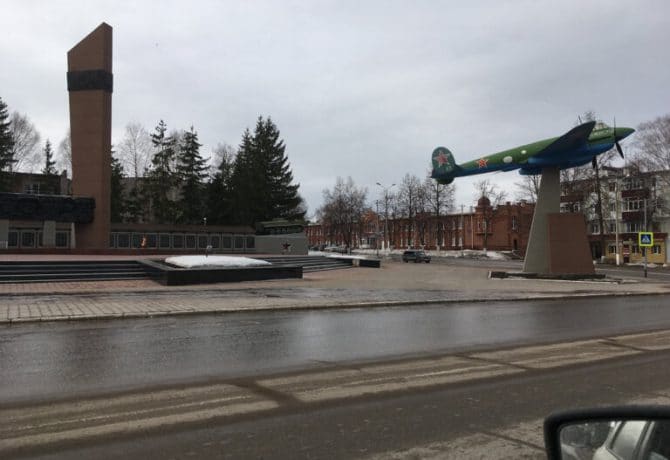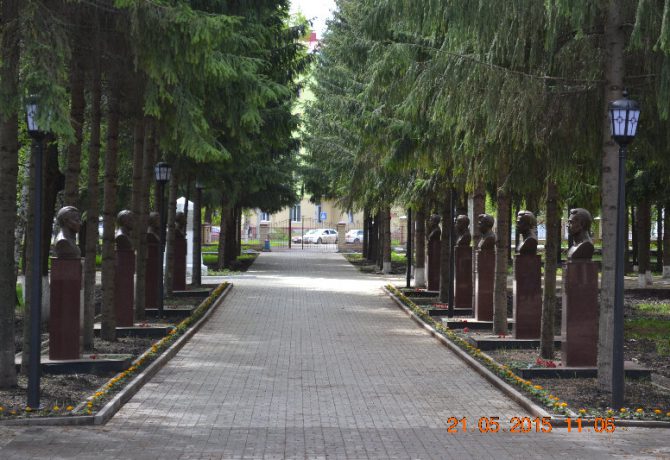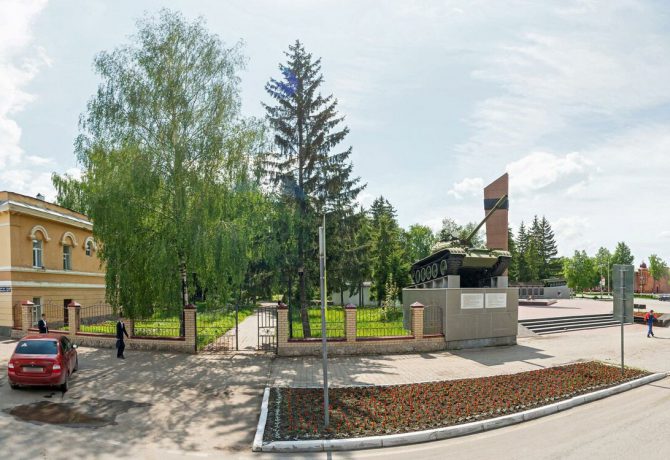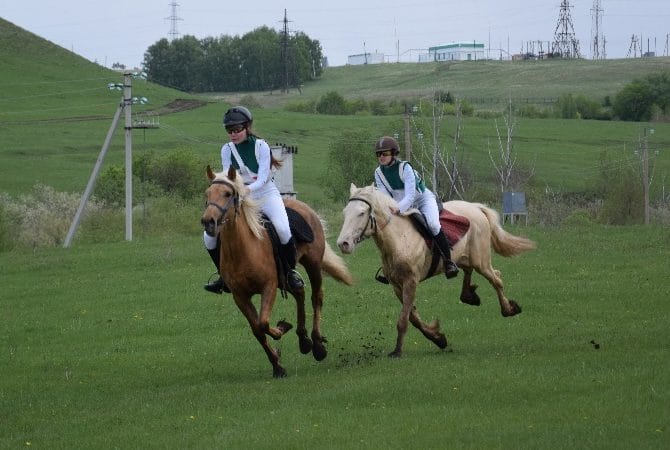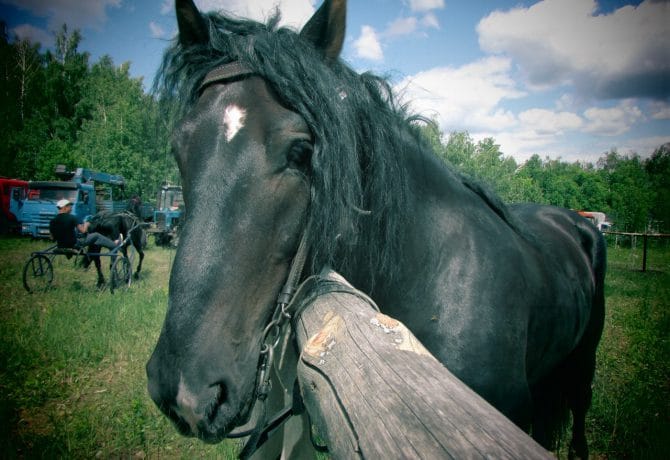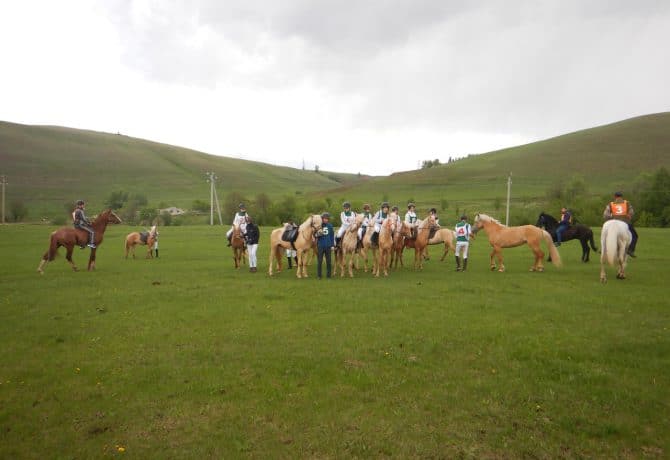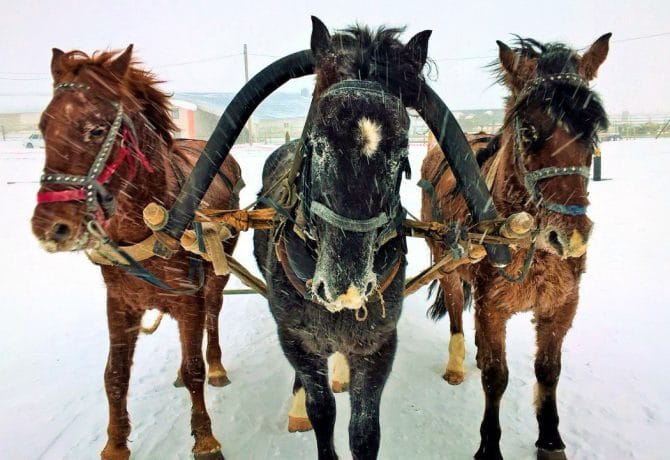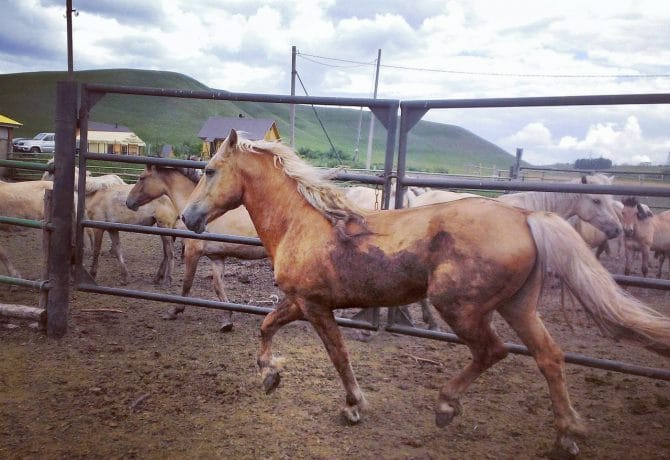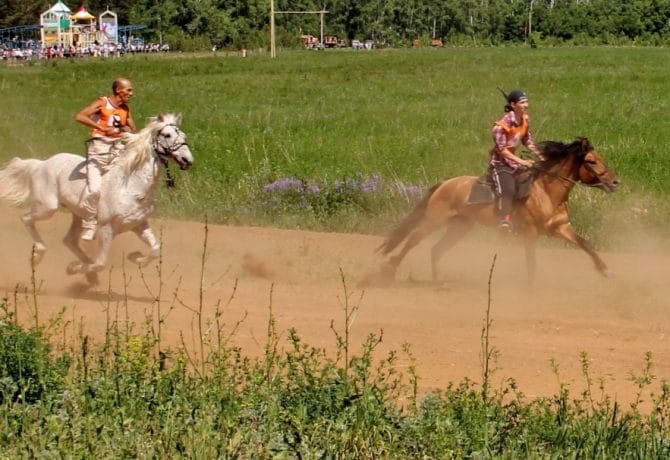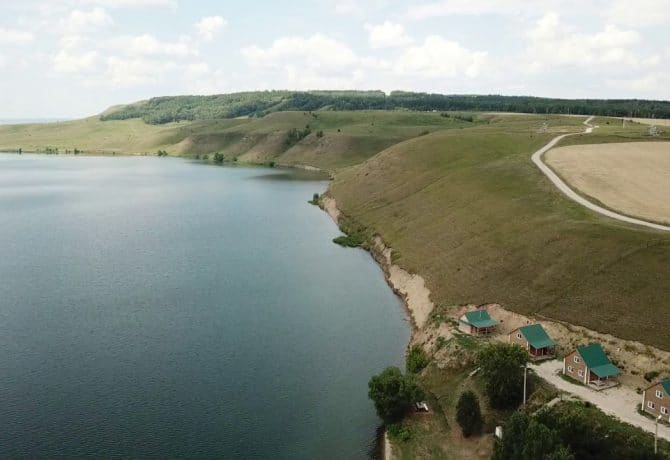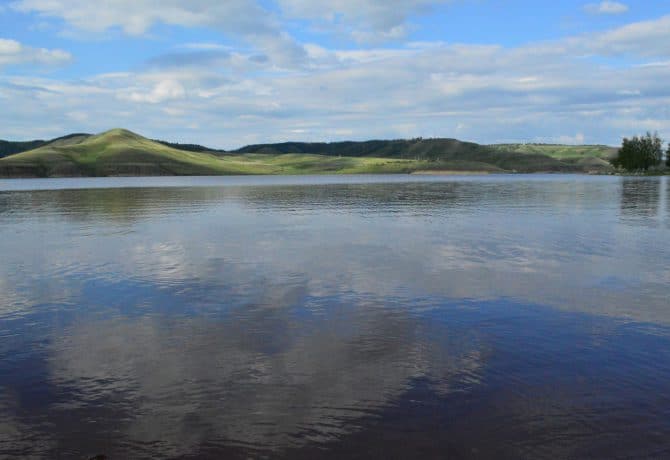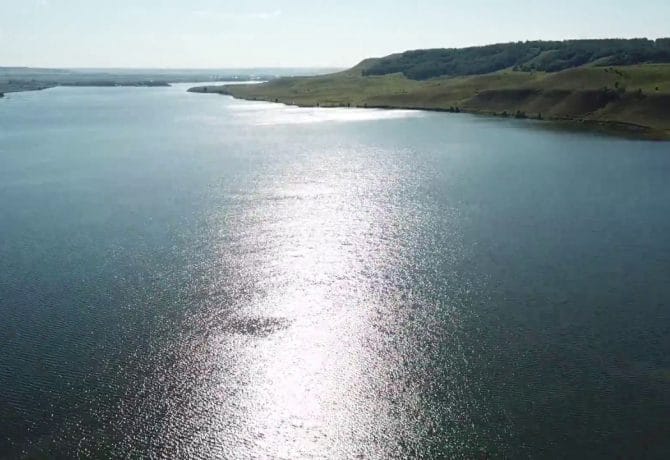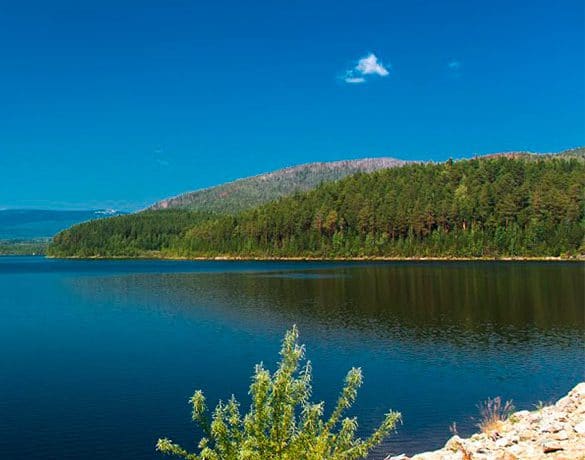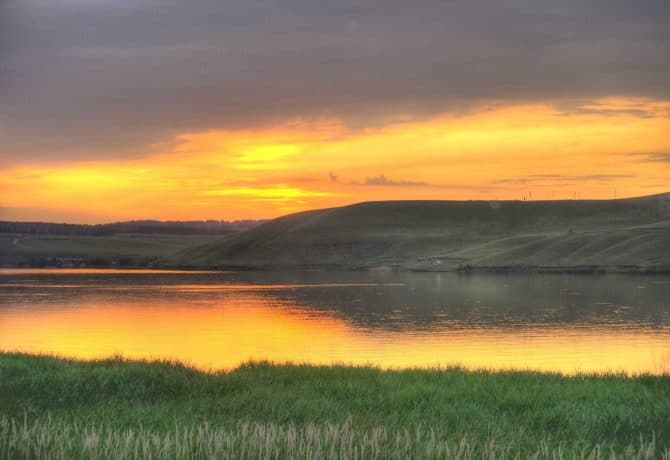A small (about 60 thousand inhabitants) city of Leninogorsk is located in the south-east of Tatarstan in the upper reaches of the Zai River among hills, ravines and valleys. It is convenient to get here by car or regular bus: to Kazan 322 kilometers, to Moscow – a little more than a thousand. In 38 kilometers from the city actively operates Bugulma airport.
Neither more nor less: Leninogorsk is called the birthplace of Tatarstan oil. And that’s true! Just seven kilometers from the city is a super-giant oil field of the Devonian period, which is called unexpectedly cute – Romashkinskoye. It began to develop in 1943, and then recognized as the largest in the world. Nowadays, the field still produces a lot: half of the volume of Tatar oil comes from under Leninogorsk. Now oil from Romashkinsky is handled by Tatneft, the main patron of the city and sponsor of all projects of the administration.
Leninogorsk has everything: a forest park and an embankment, mountains and therapeutic mud, lighting of wide streets at night and motion sensors in the entrances, an ice palace and a huge mosque, artesian water from the tap and huge iron daisies. There are mosaics and sculptures in the style of socialist realism everywhere, against which large mothers with strollers walk along clean sidewalks. Leninogorsk is probably the world champion in equipped playgrounds and pavements convenient for walking.
People go to Leninogorsk to listen to the beating of the oil heart of Tatarstan, to look closer to one of the sources of income of the Russian state and to feel the inexplicable catharsis from a logical point of view. Someone will call Leninogorsk backward, but this is not so: Leninogorsk is authentic in the best sense of the word. This is really a city of oil workers who have not forgotten their past for fabulous incomes – difficult, tragic and often inappropriately heroic.
It’s interesting.
Leninogorsk is a multiple winner of the All-Russian competition “The Most Comfortable City of Russia”. Three times he took first place, for which he received solid cash prizes, amounting to billions of rubles. The money was used to further improve the urban environment.
- 1 Attractions Leninogorsk on map
- 2 The first oil museum in the USSR
- 3 Not necessarily… but still interesting: museum of local lore
- 4 And all we need is love – the park “Mahebbet” (“Makhabbat”)
- 5 House of Allah – Mosque “Ikhlas”
- 6 Memorial complex Alley of Heroes
- 7 Equestrian yard “Almakai”
- 8 Stumbling block – the water of the Karabash Sea
Attractions Leninogorsk on map
The first oil museum in the USSR
The first and for many years the only Soviet Oil Museum was opened in Leninogorsk in 1968. Since 1973, the expositions have been located in a new building on Tukaya Street (by the way, named after the Tatar poet, translator and legendary personality in general). Only 300 square meters and five halls glorifying black gold. Here you can learn the paleontological history of the field, trace the chronology of reconnaissance raids on the territory of Tataria, learn about the work of oil workers during the war.
Since 2015, an open-air branch has been operating in the village of Shugurovo, on the site of the second oldest well of the Romashkinskoye field and the once super-successful bitumen plant. The main exhibit is the preserved environment, including the tunnels and the smelter.
Museums do not work on weekends, on weekdays they leave for lunch break from 12:15 to 13:15. In addition, you need to book excursions in advance.
Address: Lenin str., 3
Site: https://muzneft.tatneft.ru/
Not necessarily… but still interesting: museum of local lore
A rare tourist looks into local history museums, and in vain. But not because you can see something unique in the out-of-state vault, but because the general observation creates a picture of Russia – not the one that is Moscow, but the one that is everything else.
In the museum of local lore of Leninogorsk, everything is expected: a lot of information about the times of the revolution and the Great Patriotic War, an ethnographic hall with ancient national costumes, icons and lamps collected from burned churches, household utensils, hats, sheaves of ears and stuffed animals.
Occasionally exhibit the highlights of the funds (they need to be able to get) – coins, paintings, objects of local craft tradition. In one hall, commercial exhibitions are constantly changing, which, most likely, will not be of interest to a guest from a big city.
The museum has excursions:
- Sightseeing – documentary photo tour of interesting places of the city;
- “Visiting The Museumbike Ebi”, dedicated to indigenous peoples;
- “Leninogorsk – the birthplace of the twelve Heroes of the USSR”;
- “Natural pantry”, which tells about the local biocenosis.
In the museum there are children’s master classes, a lecture hall works.
Address: 18 Shashina street
Site: http://www.museum.ru/M2683
https://vk.com/lkm_leninogorsk
And all we need is love – the park “Mahebbet” (“Makhabbat”)
They say that it was a big dream of all citizens – to build a modern park in the center, which will differ from the rest, post-Soviet, exclusively for the better. The money was found…
And in 2007, on an area of almost five hectares, a new beautiful park was opened in great fanfare, which was dedicated to a bright feeling – love. Park “Mahebbat” is a popular vacation spot for Leninogorsk residents, it is adored by the newlyweds: here they take pictures, arrange festivities and exit weddings. During the day, the benches are filled with grandmothers with grandchildren, in the evening they give way to couples in love.
The pride of the park is the Ak-Bars fountain and several openwork bridges across the streams. The administration periodically conducts various reconstructions and improvements, but still the park looks empty. Citizens complain that in the summer there are not enough benches and urns, and there is nowhere to hide from the sun.
Address: Leninogorsk, Mahebbat Park (Love Park)
House of Allah – Mosque “Ikhlas”
From any corner of Mahebbat Park there is a view of the cathedral mosque “Ikhlas” (translated from Arabic – sincerity), built with the money of parishioners. Construction began in the 90s, but the opening took place in 2006. The Chief Mufti of Tatarstan came, there were many speeches and officials.
The mosque has two prayer halls, designed for fifteen hundred praying parishioners. On the main holidays, they are completely filled. The mosque has a Sunday school, where the basics of Muslim ethics and the Arabic language are taught. For all comers, there is a museum of Muslim culture.
Address: Tatarstan, Leninogorsk, Naberezhnaya str., 26
Memorial complex Alley of Heroes
Leninogorsk is known not only for oil, but also for the exploits of residents during the Great Patriotic War. In the city and the surrounding area were born 12 Heroes of the Soviet Union and three full cavaliers of the Order of Glory. 11,666 people left the area for the war. More than half, 6,789 people did not return. Descendants do not forget the names of those who gave everything in the name of the future, and the memorial Alley of Heroes is proof of this.
This is a sorrowful place, one of many on the territory of Russia: the history of the Alley begins in 1970, when one of the surviving heroes, a native of the village of Shugurovo, Samat Sadriev lit the Eternal Flame. At the same time, a monument to the fallen was placed there with a list of them.
In 1998, 12 obelisks appeared on both sides of the Alley – according to the number of Heroes of the Soviet Union. Later, the Obelisk of Glory was installed, and in 2010-2011 – a bas-relief in honor of the full knights of the Order of Glory, a monument to the workers of the rear and a bas-relief in memory of the fallen.
The entrance to the territory is free, but it is unlikely to take a walk: the place has heavy energy, depresses and makes you grieve.
Address: 50 let Pobedy street 11
If you look around in Leninogorsk, then in full, with a visit to country attractions and just interesting places. You can get to them only by car, but if you do not have your own car, you can take a taxi – surprisingly, the prices for trips in the city of oil workers are moderate.
Equestrian yard “Almakai”
Eight kilometers from Leninogorsk, before reaching Karabash, is the First Center for the Restoration of the Tatar Horse – the largest horse farm, in which horses live in comfortable conditions, close contact with a person. The owners themselves often call their offspring a horse-riding courtyard. There are more than a hundred mares, stallions-producers and offspring. The whole process is handled by professional horse breeders and just enthusiasts.
Tatar horses are special. Stunted, hardy, docile, prolific, unpretentious and very, very strong, they easily adapt to the changing situation, are able to get their own food even in winter from under the snow, tolerate heat and cold up to -40-45 degrees.
Pupils of the Center take part in races at hippodromes, participate in competitions of special “horse” beauty, work in sections of children’s riding. You can come to the courtyard, communicate with horses and foals, buy horseback riding excursions, have a great day in nature and breathe fresh air for the future (they say, so it is possible).
Address: Verkhniy Karan, Leninogorsk district
Site: https://koni-almakai.vsite.biz/
Stumbling block – the water of the Karabash Sea
Along the Zai River, just above the village of Karabash and 15 kilometers from Leninogorsk, there is a small reservoir that overflows in the spring almost like a real lake. For the habits and according to the old Soviet tradition, the local population calls the modest in size reservoir the Karabash Sea.
The reservoir as part of the hydroelectric system (dam, spillway, pumping stations) was created for the needs of the oil industry under the USSR in 1957. In the 90s, reconstruction work was carried out, and in 1999 a mini-hydroelectric power station with a design capacity of 500 kW was installed on the spillway.
The whole system functioned perfectly. Naturally, there were those who wanted to get interesting assets in a bit of a raider’s way: in 2002, Tatneft bought a land plot from the Ministry of Land Resources of Tatarstan… With him went the reservoir, by a happy coincidence, located on this site.
In 2016, the local prosecutor’s office still got its hands on this blatant disgrace: Tatneft was threatened, and by court decision, the company returned the land to state ownership.
Since the middle of the XX century, the reservoir has been equipped with cozy places for fishing, recreation centers and dispensary have been built. Clubs of sports fishing fans functioned. In recent years, after the history of Tatneft, the infrastructure has developed significantly, almost on the embankment there were boarding houses, mini- and apart-hotels, restaurants and shops. Several beaches are decently equipped (but everything is spoiled by garbage).
You can get to the Karabash reservoir by bus, minibuses or personal vehicles. From Leninogorsk to Karabash go sightseeing buses and go private carriers.
Leninogorsk, of course, is worthy of a visit, especially if you take schoolchildren with you. Maybe there is nothing to do here for a few days, but a one-, two-day blitz trip will be appropriate. There are few hotels in the city, but a sufficient selection of apartments, apartments for rent and economy hostels. It is better to eat in restaurants of national cuisine, leaving post-Soviet canteens where they belong – in the darkness of the past.

